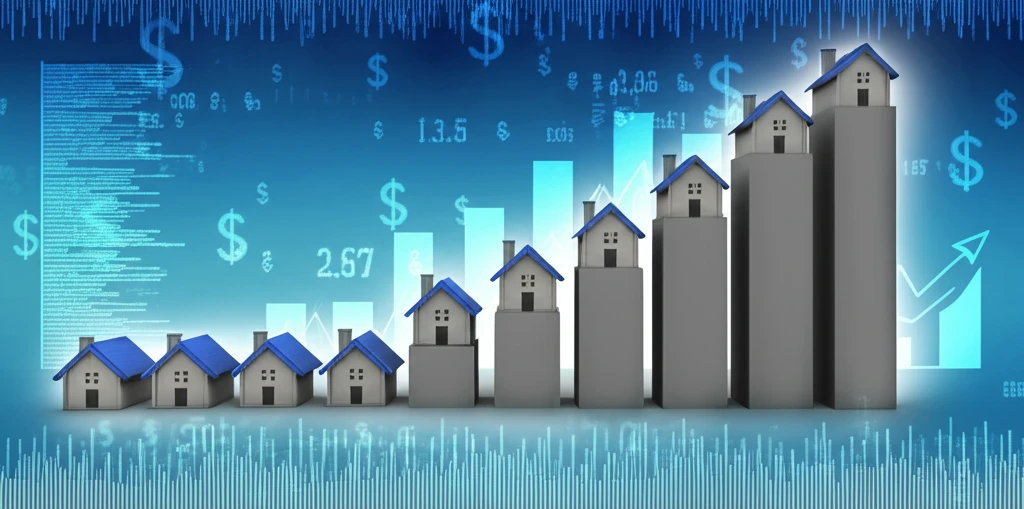
Decoding the Housing Market: What House Prices and Indices Tell Us About Income
"Dive into the surprising connection between housing market trends and income distribution, uncovering key insights for homeowners and investors alike."
Ever wondered what the fluctuations in house prices really signify? Beyond the typical buying and selling, the housing market offers a unique lens through which we can view the broader economic landscape. Specifically, the distribution of house prices and the trends in house price indices (HPI) can reveal surprising insights into income distribution within a community.
Traditionally, analyzing income distribution has been challenging due to data limitations. However, by treating house prices as a 'derivative' of income, and HPI as its second derivative, we gain a more detailed and nuanced understanding. This approach allows us to examine economic patterns using data that's both readily available and closely tied to personal wealth.
Recent research leverages this concept, analyzing data from over 116,000 single-family homes in Hamilton County, Ohio, alongside HPI data from nearly 18,000 US ZIP codes. The aim? To uncover patterns, outliers, and potential indicators of economic behaviors, like 'Dragon Kings'—extreme events that significantly skew distributions. Understanding these patterns is essential for homeowners, investors, and anyone keen on grasping the underlying forces shaping our economy.
House Prices as a Window into Economic Trends

Imagine the housing market as a giant thermometer, gauging the financial health of a community. Each sale, each price increase, and each market trend reflects the collective economic activity and income distribution. By analyzing the data points, like sale prices and HPI, economists can piece together a detailed picture of who’s earning what, and how wealth is spread across different areas.
- House Prices (HP): Think of these as a snapshot of individual financial health. A higher house price often reflects higher income and purchasing power. By mapping the distribution of house prices, you can visualize the income landscape of a region.
- House Price Indices (HPI): These indices track the change in house prices over time. If house prices in one area are consistently rising faster than in another, it could indicate growing income inequality or different rates of economic growth.
- Generalized Beta (GB) Distributions: Advanced statistical models, like the GB family of functions, help economists fit these distributions to real-world data, revealing nuances like 'fat tails' (indicating high inequality) or 'Dragon Kings' (extreme outliers).
The Future of Housing Market Analysis
The insights gleaned from analyzing house prices and indices offer just a glimpse into the potential of this approach. As data becomes more accessible and analytical tools more sophisticated, expect to see even deeper connections uncovered between the housing market and broader economic trends. Whether you're a homeowner, investor, or policy maker, understanding these relationships is crucial for making informed decisions and navigating the ever-changing economic landscape.
